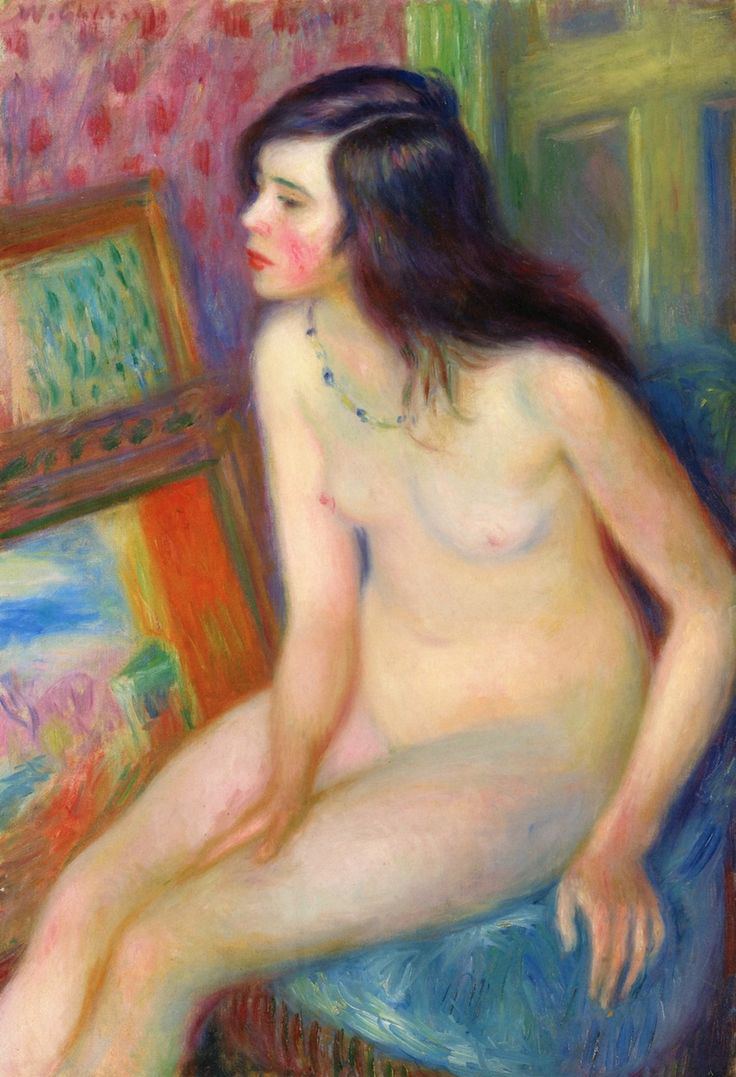 | ||
Joseph E. Temple Fund Gold Medal (defunct) was a prestigious art prize awarded for the best oil painting by an American artist shown at the Pennsylvania Academy of the Fine Arts's annual exhibition. Temple medals were awarded most years from 1883 to 1968. Recipients included James Whistler, John Singer Sargent, Winslow Homer, Thomas Eakins, Robert Henri and Edward Hopper.
History
The medal was named for Philadelphia merchant Joseph E. Temple (1811–1880), a patron of the arts and PAFA Board member, whose bequest of $51,000 funded the awards.
Any American artist was welcome to submit works for PAFA's annual exhibitions. Juries in painting and sculpture, composed of PAFA faculty and invited artists, evaluated hundreds (and later thousands) of submissions and chose those for exhibition. The Painters' Jury of Selection also chose the medal winners in painting. An artist could be awarded a Temple medal only once.
In 1883, the first year of the Temple medals, the jury could not agree on a gold medal recipient. A silver medal would have been awarded to William B. T. Trego for The March to Valley Forge, but he refused to accept it. Trego argued that if only one Temple medal was awarded it should be a gold, not a silver (which implied second place).
From 1884 to 1889, a gold medal was awarded for the best figure painting and a silver medal for the best landscape or marine painting. But the jury ignored the rules in 1890, awarding a landscape-with-cattle painting the gold medal. In 1891 and 1892, a gold medal was awarded for the best painting regardless of subject, and a silver for the second-best. No second-place medals were awarded after 1892. From 1893 to 1899, two gold medals were awarded each year. Beginning in 1900, a single gold medal was awarded for the best painting in the annual exhibition regardless of subject.
Sometimes the medal-winning painting was purchased for PAFA's collection. Unlike many art awards, a Temple medal was not accompanied by a cash prize.
Famously, Thomas Eakins, who had been forced to resign as director of PAFA's school in 1886, accepted his 1904 award by declaring, ”I think you’ve got a heap of impudence to give me a medal." He then rode off on a bicycle to the Philadelphia Mint, where he sold the gold medal for its melt-down value.
William Glackens wryly changed the name of the figure painting that won him the 1924 award to The Temple Gold Medal Nude.
By the 1930s, PAFA's annual exhibitions had acquired a reputation for being parochial and nepotistic. With the costs of transporting and insuring the works, they were also expensive. Beginning in 1954, the exhibitions became bi-annual. The last Temple Gold Medal was awarded to Helen Frankenthaler in 1968. Beginning in 1969, the annual exhibitions were dedicated exclusively to student work from PAFA's school.
